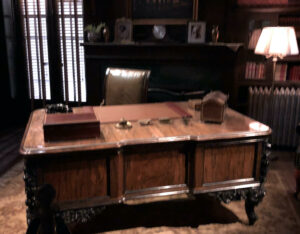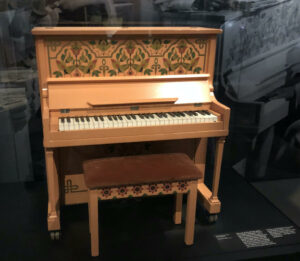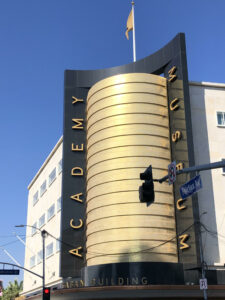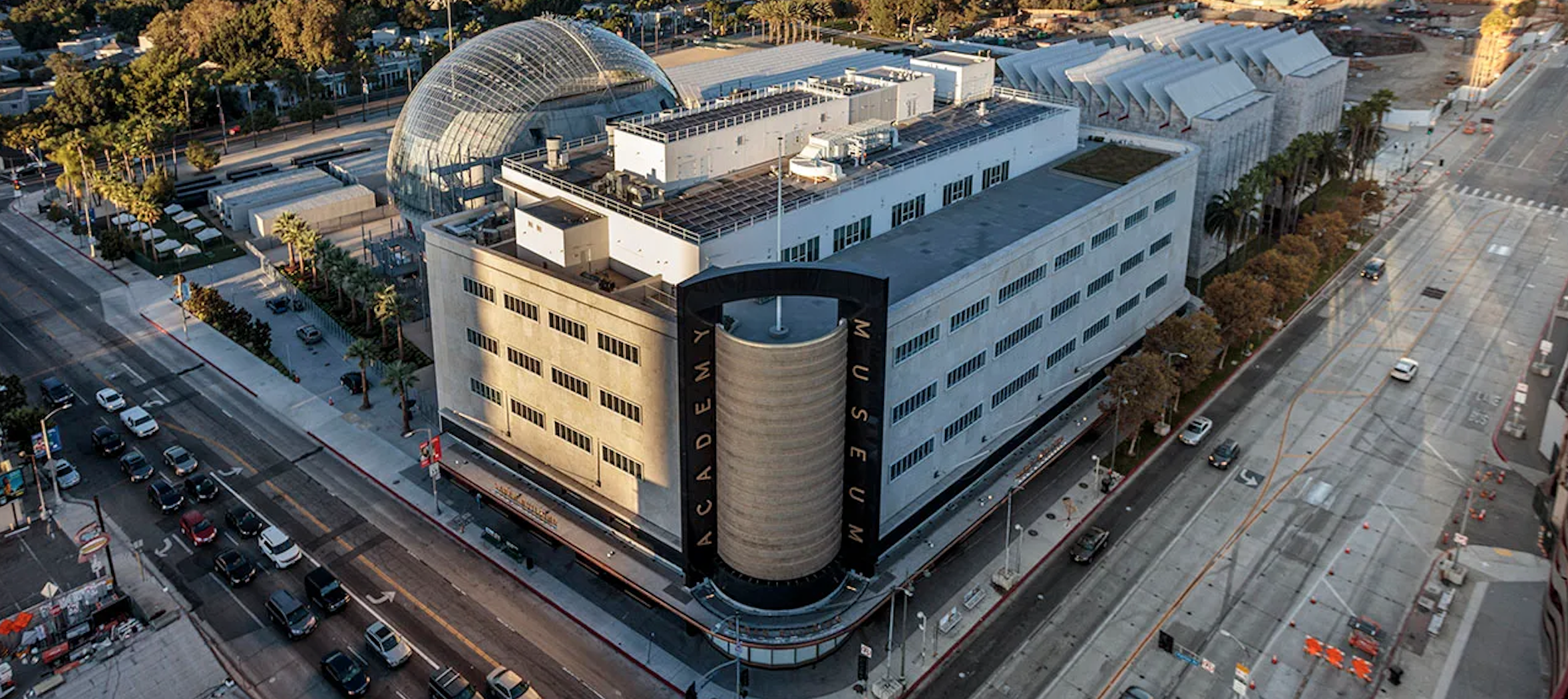 In “Field of Dreams,” Kevin Costner is called to turn his Iowa farmland into a baseball field. “Build it and they will come,” he is told.
In “Field of Dreams,” Kevin Costner is called to turn his Iowa farmland into a baseball field. “Build it and they will come,” he is told.
The same thought must have been on the minds of the creative forces behind a very special museum devoted to film and filmmaking. It was built. And they are indeed coming. And coming.
Visiting the Academy Museum of Motion Pictures has been a personal bucket list item since the grand unveiling in 2021. When I ended up with some free time in Los Angeles recently, I knew how I would spend my day.
The museum, considered the largest in the U.S. devoted to the art of moviemaking, celebrated its second anniversary this month. More than 700,000 people have made the pilgrimage to Fairfax and Wilshire to tour the five-story structure and experience film on a number of levels.
 Housed on the site of the old May Company department store, built in 1939, the museum still features the exterior façade of its predecessor. A sky bridge on the top floor connects to the nearby Sphere Building, home to the 1,000-seat, state-of-the-art David Geffen Theatre. There’s also The Dolby Family rooftop terrace on the Sphere for outdoor receptions, featuring sweeping views of West Hollywood.
Housed on the site of the old May Company department store, built in 1939, the museum still features the exterior façade of its predecessor. A sky bridge on the top floor connects to the nearby Sphere Building, home to the 1,000-seat, state-of-the-art David Geffen Theatre. There’s also The Dolby Family rooftop terrace on the Sphere for outdoor receptions, featuring sweeping views of West Hollywood.
Plans for the museum date back to the 1960s, but nothing happened until the early 2000s. Credit Pritzker Prize-winning architect Renzo Piano for the building design and construction oversight, which took more than six years with a budget that rivals the biggest Hollywood blockbuster.
It is worth the wait. Film buffs will have a difficult time deciding where to go first and how to possibly cram in everything during a single visit. The museum just opened a year-long tribute, John Waters: Pope of Trash, on the fourth floor in honor of the controversial filmmaker behind such boundary-pushing classics as Polyester, Hairspray, and Pink Flamingos.
 Others will be drawn to the Stories of Cinema exhibit, which takes up both the second and third floors. There’s so much to absorb. My favorite was The Godfather section, a salute to the 1972 classic. Walk inside and there’s the original set of Don Corleone’s home office. Across the way is a display case with the infamous horse’s head—it’s real, not a prop.
Others will be drawn to the Stories of Cinema exhibit, which takes up both the second and third floors. There’s so much to absorb. My favorite was The Godfather section, a salute to the 1972 classic. Walk inside and there’s the original set of Don Corleone’s home office. Across the way is a display case with the infamous horse’s head—it’s real, not a prop.
Projected on the wall are interviews with cast members alternating with their original auditions. The production challenges of making The Godfather are laid out in fascinating detail. Trust me, this experience is an offer you can’t (and shouldn’t) refuse.
 Around the corner, Casablanca is in the spotlight, though on a much smaller scale. The two original pianos from Rick’s Café and the Paris flashback sequence are both on display. Movie clips flicker on the wall along with production photographs. Ingrid Bergman remains as lovely as ever.
Around the corner, Casablanca is in the spotlight, though on a much smaller scale. The two original pianos from Rick’s Café and the Paris flashback sequence are both on display. Movie clips flicker on the wall along with production photographs. Ingrid Bergman remains as lovely as ever.
There is more. So much more. The Academy of Motion Picture Arts and Sciences seems meticulous in making sure all the crafts are represented in some way in the museum. Visitors learn about costumes and makeup, screenwriting and directing, and acting over the years. Everything is on display from R2D2 and 3CPO to the last Rosebud sled that was made for Citizen Kane.
For an extra fee, guests can enjoy “The Oscars Experience,” an immersive simulation where you walk onto the stage at the Dolby Theatre in Hollywood and accept an Oscar to enthusiastic audience applause. Feel free to imitate Sally Field and yell “You like me. You really like me!” Or not.
If all that sounds too overwhelming, head instead for the Academy Awards History room, featuring multiple screens that show clips of famous acceptance speeches.
 A word before you go. Film is such a broad category and obviously even the largest museum can only contain so much material. It’s understandable that much has to be left out at this early stage of the museum. But you’ll likely find yourself wandering around, wondering “So what about Hitchcock? Or Jimmy Stewart? Or David Lean? Are they not included here?”
A word before you go. Film is such a broad category and obviously even the largest museum can only contain so much material. It’s understandable that much has to be left out at this early stage of the museum. But you’ll likely find yourself wandering around, wondering “So what about Hitchcock? Or Jimmy Stewart? Or David Lean? Are they not included here?”
I think it best to enjoy and experience what the Academy Museum of Motion Pictures does offer, and not fret about what’s currently left out. The people involved in this project are passionate about film and film preservation. I’m excited for future visits to see how the museum grows.
A closing note on parking: The Academy Museum offers valet parking, but we chose the easy access of the Petersen Automotive Museum right across the street. It’s expensive ($21 for the day), but hassle-free and convenient.
